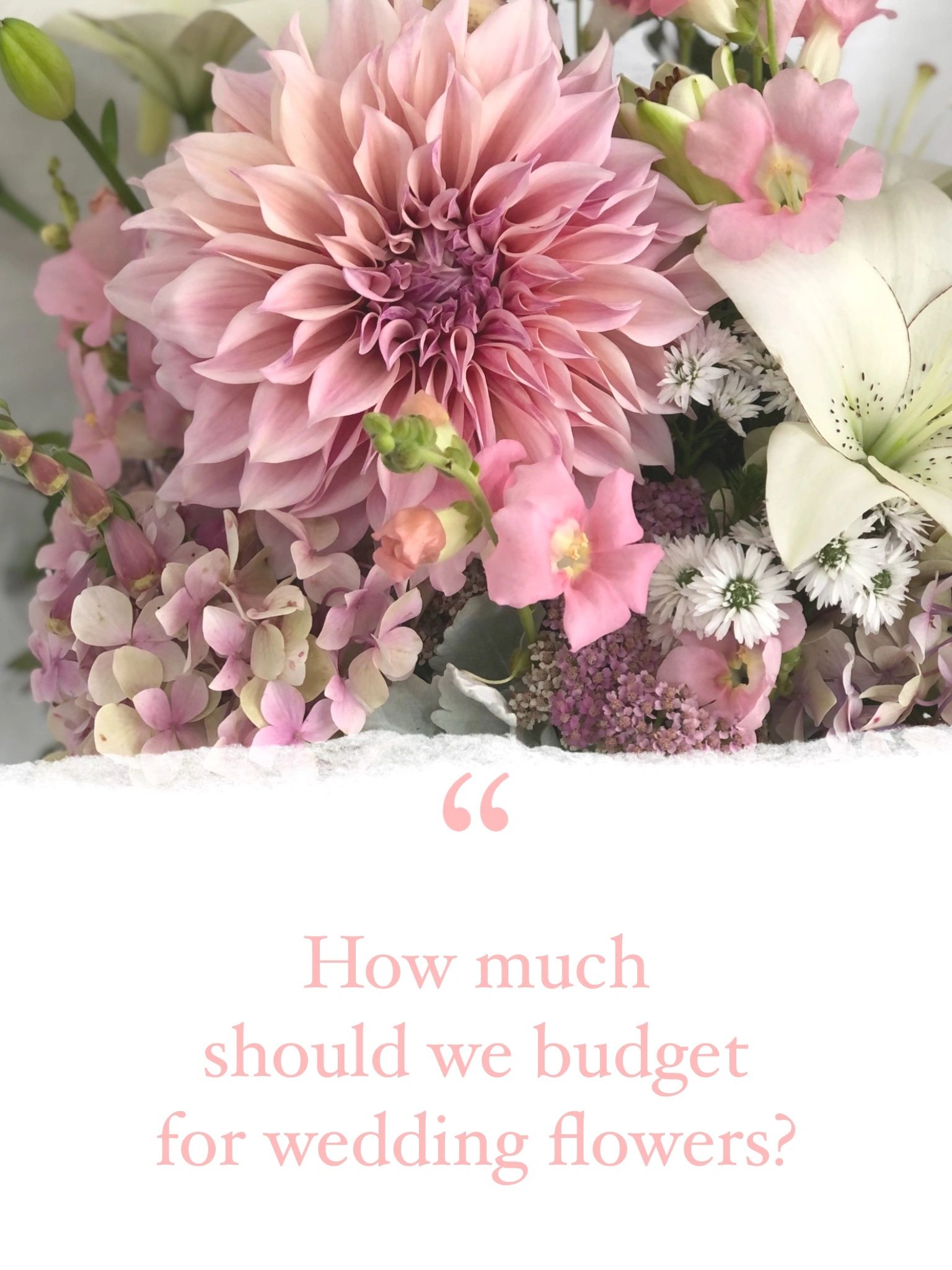Flowers are an integral part of any wedding, able to evoke emotions, enhance the ambiance, and represent the unique style of the couple. However, timing is crucial when it comes to purchasing wedding flowers. This guide delves into the ideal timeline for buying flowers, ensuring that this aspect of your wedding planning is as seamless as possible.
1. Assessing Your Floral Needs: The Initial Stage
The first step is to determine what type of flowers you envision for your special day. Consider aesthetics, symbolism, and individual preferences. Are you dreaming of a lush garden theme filled with peonies and dahlias? Or perhaps a minimalist approach showcasing elegant orchids? Formulating a wishlist helps streamline your efforts later on. Jeopardizing your selections due to impulsive decisions can lead to disappointment. Therefore, allocate ample time for research and design inspiration, allowing your floral dreams to take shape over weeks or even months.
2. Seasonality Matters: The Next Level
Understanding seasonal availability is imperative. Each flower has its optimal blooming period, which can vastly influence both price and quality. For instance, if you want roses in January, be prepared for a more substantial financial outlay, not to mention the possibility of compromised freshness. Selecting flowers that are in season can save money, as well as reduce the environmental footprint of importing out-of-season blooms. Take some time to educate yourself about what flowers are in season during your wedding month. This knowledge will not only guide your choices but also shape your budget accordingly.
3. The Perfect Time to Hire a Florist
Months before the nuptials, ideally six to eight months out, you should begin contacting florists. This provides you with a wider selection of reputable vendors, allowing for interviews and consultations. Many florists book up quickly, especially during peak wedding months. When you do reach out, schedule meetups to discuss your florals, vision, and budget. This way, both you and your florist can explore options together in detail, ensuring your floral arrangements align with your overall wedding aesthetic.
4. Creating a Floral Budget: The Fun Yet Daunting Task
As you approach the florist selection stage, consider devising a budget specifically for flowers. The breakdown can be deceptively intricate, incorporating bridal bouquets, boutonnieres, ceremony arrangements, reception centerpieces, and more. Engaging in transparent discussions with your chosen florist will help solidify realistic pricing. Florists can offer alternatives or suggestions that not only fit your budget but also meet your stylistic aspirations. Hence, defining your budget early on ensures that you won’t be caught off guard later.
5. Finalizing Flower Choices: Timing is Everything
Once you’ve selected a florist and finalized budgetary constraints, it’s time to solidify flower choices. This typically occurs around three to five months before your wedding. Discuss any substitutions or last-minute alterations based on seasonal changes that may affect availability. Don’t shy away from dabbling into less common blooms; these can add unique flair and make your bouquets stand out. Signature choices can elevate your aesthetic while maintaining a personal touch.
6. Confirming Orders: A Final Review
About six weeks before the big day, it’s prudent to confirm your floral orders. This stage includes a thorough review of your contract, ensuring all arrangements are documented and accurate. Communicate any last-minute changes to the florist, whether altering centerpieces or modifying your bridal bouquet. Confirm delivery times, and clarify where arrangements will be dropped off, e.g., ceremony site versus reception. This detailed attention to logistics can alleviate last-minute stressors.
7. The Importance of Floral Preservation: Post-Wedding Considerations
However, the journey doesn’t end at the altar. Consider the fate of your gorgeous blooms post-ceremony. Many couples delight in preserving their wedding bouquets as cherished keepsakes. Research various preservation methods, whether opting for drying, pressing, or professional preservation services. Alternatively, donate your flowers to a local hospital or nursing home, bringing joy to others while ensuring your flowers embody the spirit of the day long after the reception winds down.
8. The Week of the Wedding: A Time of Coordination
The final week before your wedding is typically a whirlwind of activity. It’s recommended to touch base with your florist again, ensuring that everything is still in order. Confirm the final details, delivery times, and responsible contacts. If you’re involving friends or family in the flower setup, provide them with detailed instructions to alleviate potential confusion or chaos on the wedding day.
9. Last-Minute Flowers: Handling Emergencies
In rare instances, things don’t always go as planned. Whether due to weather-related issues or unexpected logistical challenges, you may find yourself in need of last-minute floral decisions. Establish a backup plan with your florist, who can often provide alternatives or additional blooms with short notice. Your willingness to remain adaptable can turn what may seem like a disaster into a beautiful story to share with family and friends.
10. Conclusion: Timing Equals Success
Buying flowers for a wedding is a journey that requires foresight, planning, and an adventurous spirit. A well-coordinated flower timeline ensures that your floral choices reflect your personality while creating an inviting atmosphere for you and your guests. So, are you ready to embark on the floral adventure of a lifetime, knowing that each petal holds a promise of beauty on your special day?

